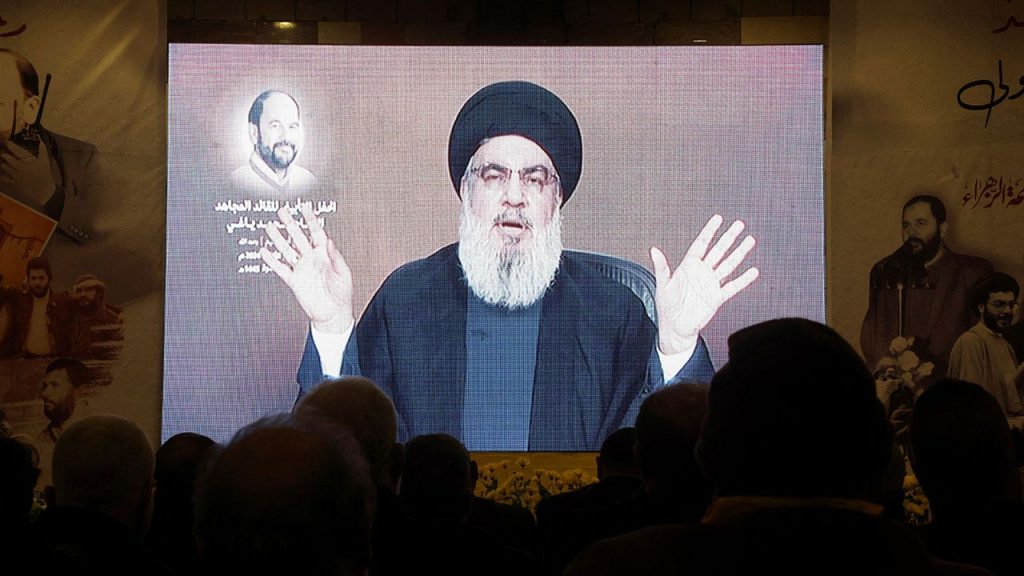Hezbollah leader Hassan Nasrallah’s fate is unknown after the Israeli Defense Forces conducted a “targeted attack” on the group’s central headquarters in Beirut, Lebanon. Although Fox News reported that the attack was aimed at Nasrallah, Hezbollah claimed he was safe and not at the targeted location. The IDF has not given an official update on Nasrallah’s whereabouts. Political risk analyst Elijah J. Magnier suggested that Nasrallah could either be in a safe location or dead, with his body yet to be found. This uncertainty led to speculation about the Hezbollah leader’s status.
On Friday night, the IDF confirmed that two of Hezbollah’s leaders, Muhammad Ali Ismail and Hussein Ahmad Ismail, were killed in the strike. Muhammad Ali Ismail, the Commander of Hezbollah’s Missile Unit in southern Lebanon, was responsible for directing terrorist attacks and firing rockets towards Israeli territory. The IDF’s precise strike was in response to the recent launch of a surface-to-surface missile towards central Israel. This operation came after previous strikes had eliminated senior commanders of Hezbollah’s Missiles and Rockets Force. The U.S. government denied involvement in the operation and had no prior knowledge of it.
Despite assertions from Hezbollah that Nasrallah was unharmed, the Israeli attack raised questions about the safety and whereabouts of the group’s leader. The uncertainty surrounding Nasrallah’s status led to speculation and contrasting reports from different sources. The targeted attack on the central headquarters in Beirut was a significant escalation in tensions between Israel and Hezbollah, further destabilizing the region. The Israeli Defense Forces’ actions were aimed at weakening Hezbollah’s leadership and capabilities in the ongoing conflict between the two parties.
The elimination of key Hezbollah leaders in the strike, including Muhammad Ali Ismail and Hussein Ahmad Ismail, marked a significant blow to the organization’s operational capacity. The IDF’s precise targeting of these individuals was part of a broader strategy to disrupt Hezbollah’s activities and prevent further attacks on Israeli territory. The elimination of these leaders followed previous strikes on senior commanders of Hezbollah’s Missiles and Rockets Force, indicating a sustained effort by Israel to weaken the group’s military capabilities.
The Pentagon’s response to the Israeli operation emphasized that the U.S. government was not involved and had no advance knowledge of the strike. Defense officials declined to speculate on Nasrallah’s status and indicated that they were still assessing the situation. The escalating tensions between Israel and Hezbollah have raised concerns about further violence and destabilization in the region. The targeted attack on the central headquarters in Beirut and the elimination of key Hezbollah leaders underscore the ongoing conflict between the two parties and the potential for further escalation in the future.
In summary, the Israeli Defense Forces’ targeted attack on Hezbollah’s central headquarters in Beirut has raised questions about the fate of leader Hassan Nasrallah. While Hezbollah claims he is safe, the IDF confirmed the elimination of key leaders in the group. The uncertainty surrounding Nasrallah’s status and the broader implications of the strike on regional stability highlight the ongoing conflict between Israel and Hezbollah. The U.S. government denied involvement in the operation and emphasized the need for further assessment of the situation. The targeted attack represents a significant escalation in tensions between the two parties and raises concerns about future violence and instability in the region.


